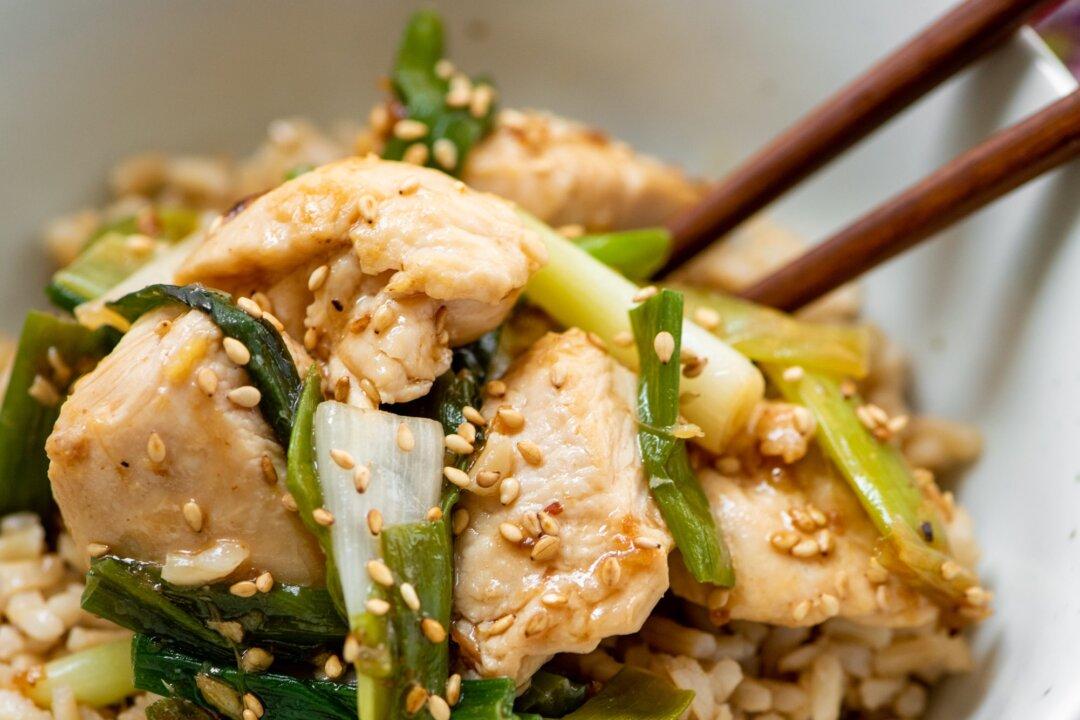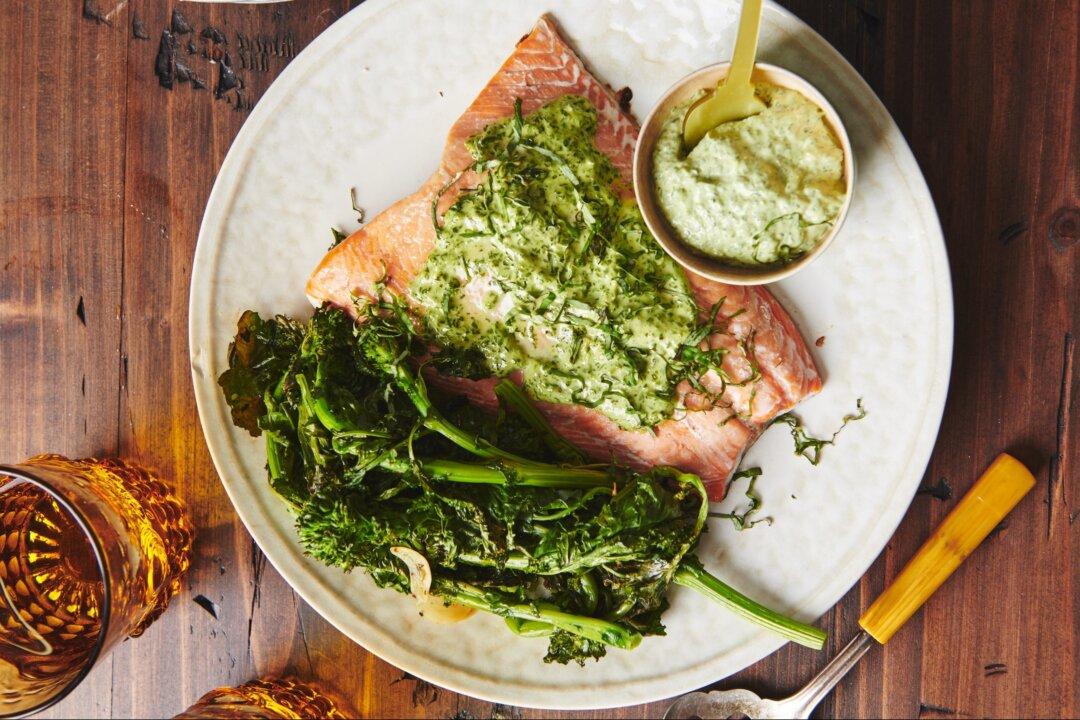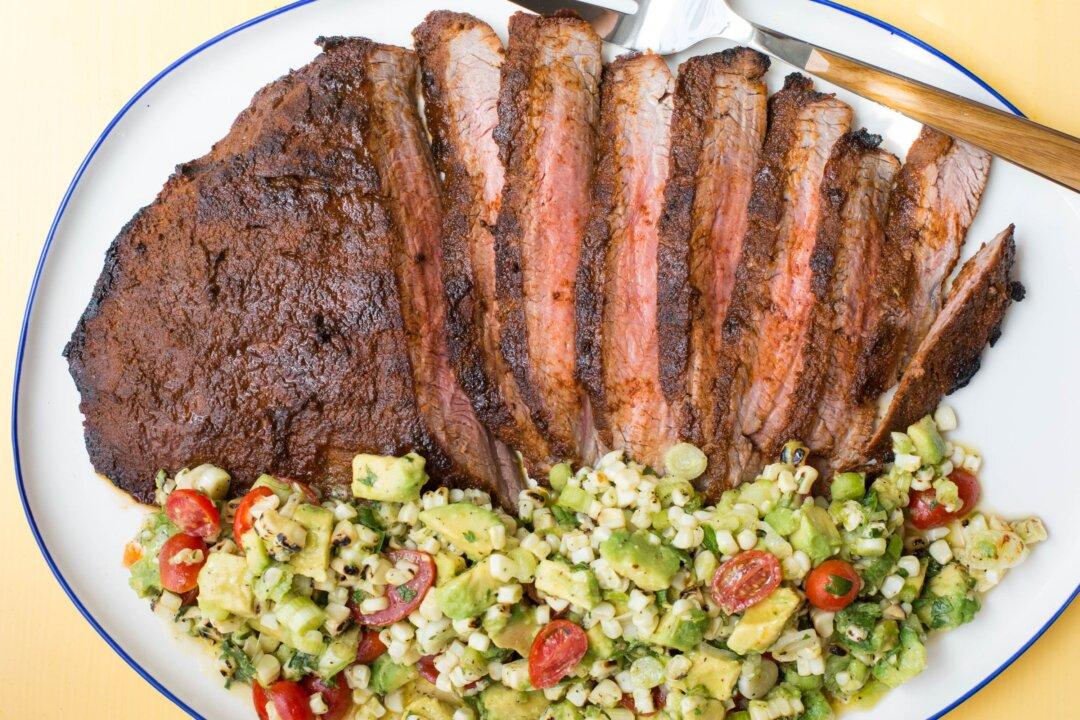Using big pieces of scallions in a dish might seem unexpected, but they are actually one of my family’s favorite ingredients to see in a stir-fry.
It started with a chicken and scallion stir-fry dish that we used to order in from a local Chinese restaurant when the kids were little. They cooked and delivered the food so quickly that we used to joke that we had to get the plates out before we ordered, or the food would get cold before we could set the table. Our order varied slightly (not all that much, since at that age, the boys were definitely creatures of habit) but there was always the ginger chicken with scallions in the assortment.





